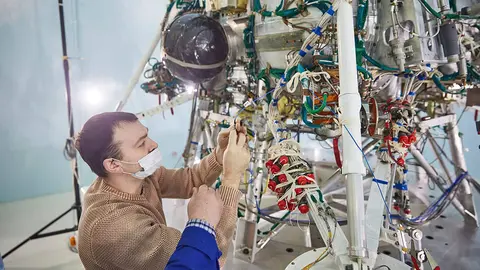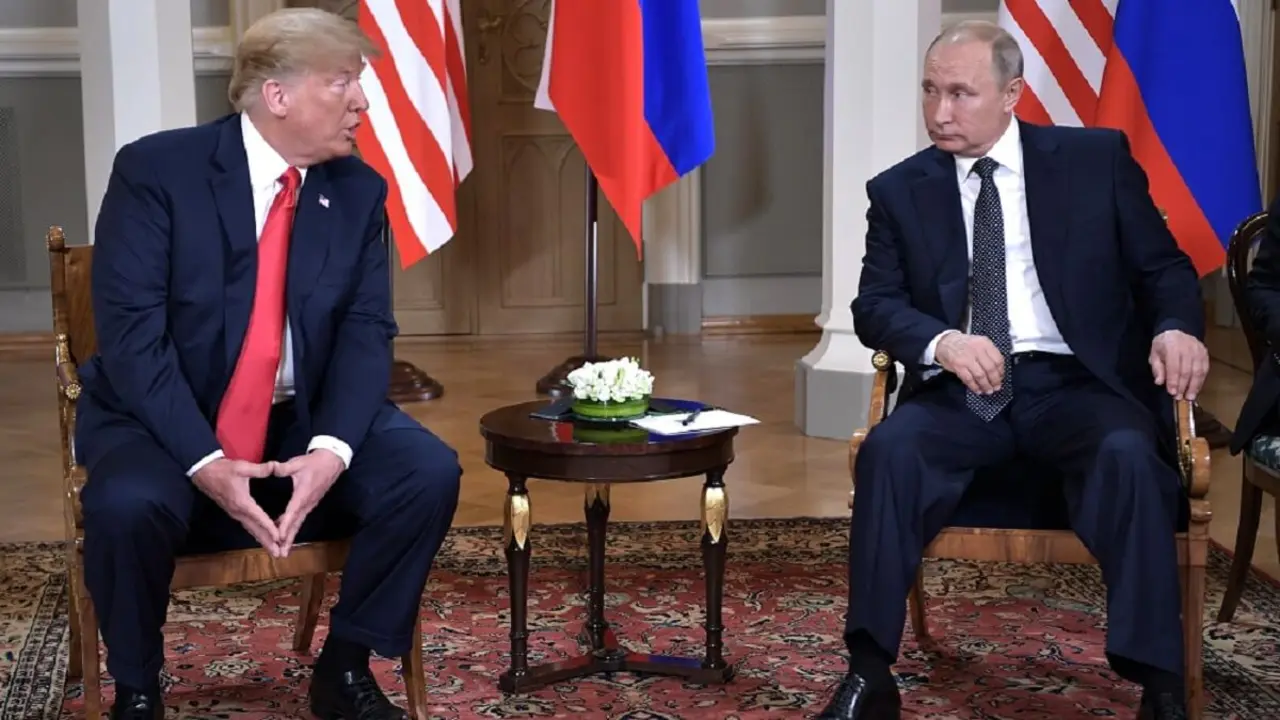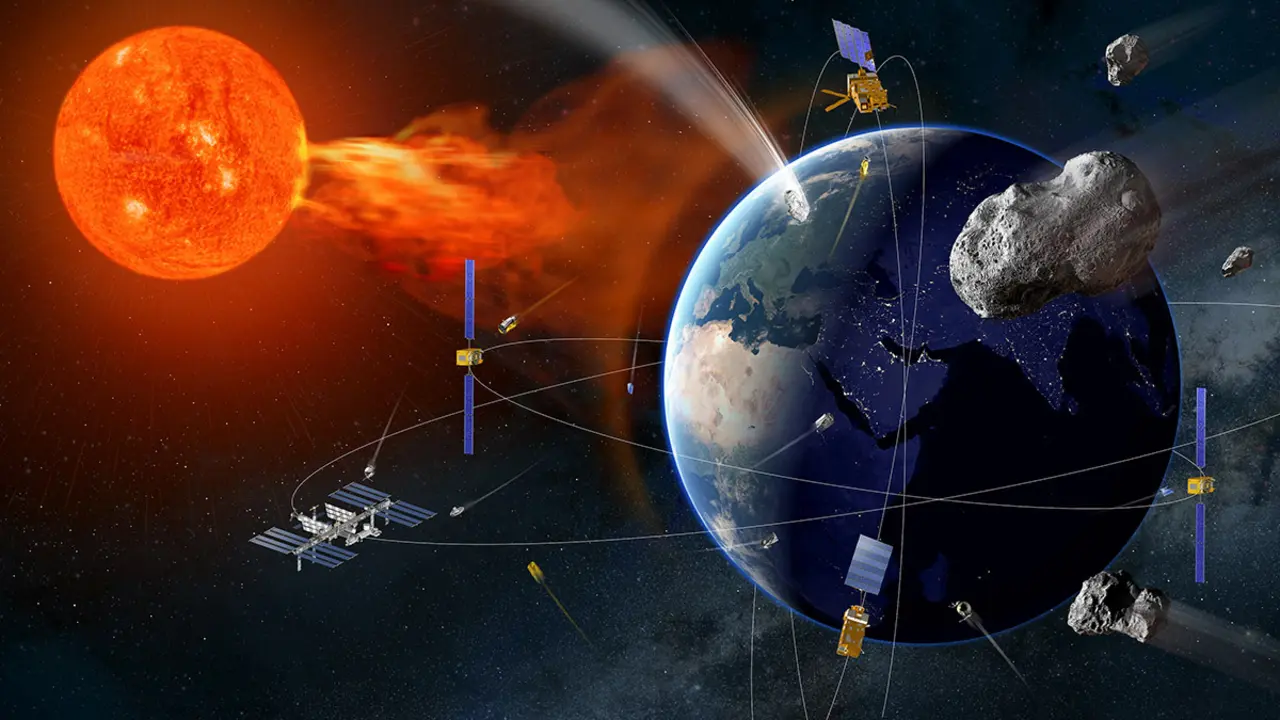India raises its strategic value after stepping on the moon with the Chandrayaan-3 mission
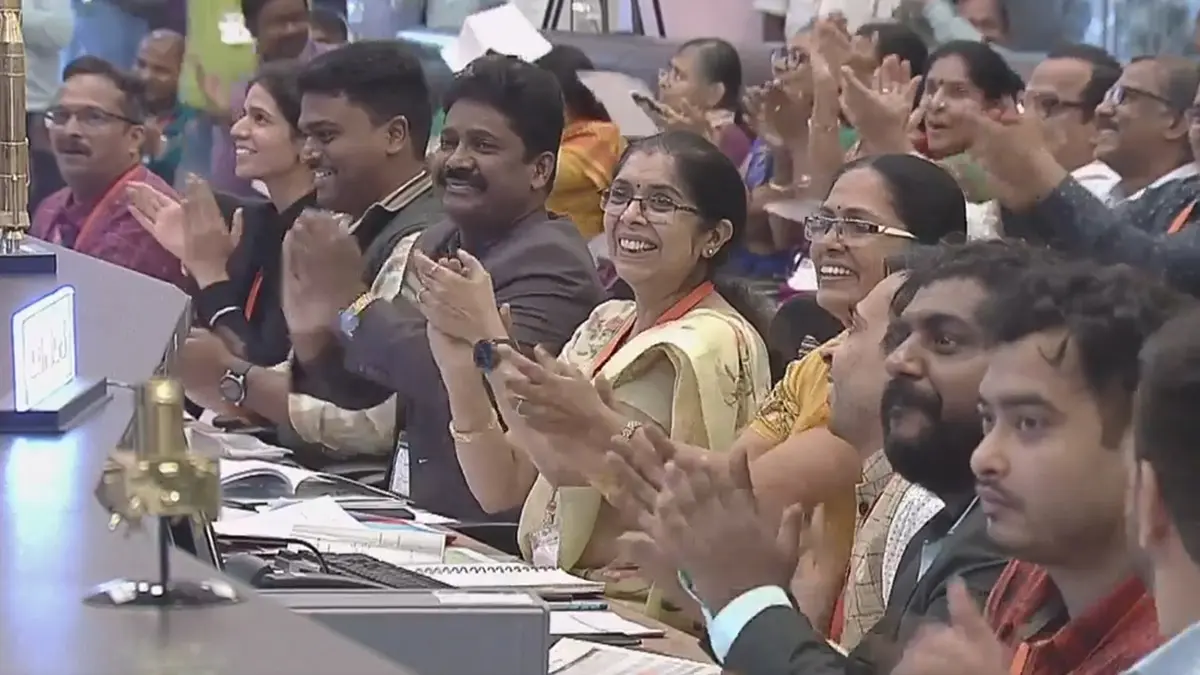
India has become the fourth nation in the world to land a controlled robotic platform on the surface of the moon, confirming its status as a major global space power and boosting its strategic value.
It was 14:32 GMT on Wednesday, 23 August, when the four support mounts of the Vikram surface module touched down on the ground of Selene near the Manzinus U crater after a 19-minute automatic descent from an altitude of 25 kilometres.
At that precise moment, the probe's computer retransmitted the message it had programmed for the occasion: "I've reached my destination and so have you! Shortly afterwards, it was received at the Bengalore Control Centre of the Indian Space Research Organisation's (ISRO) Telemetry Command and Tracking Network, and the engineers and technicians present there burst with excitement and cheered with joy, as did the entire Indian population.
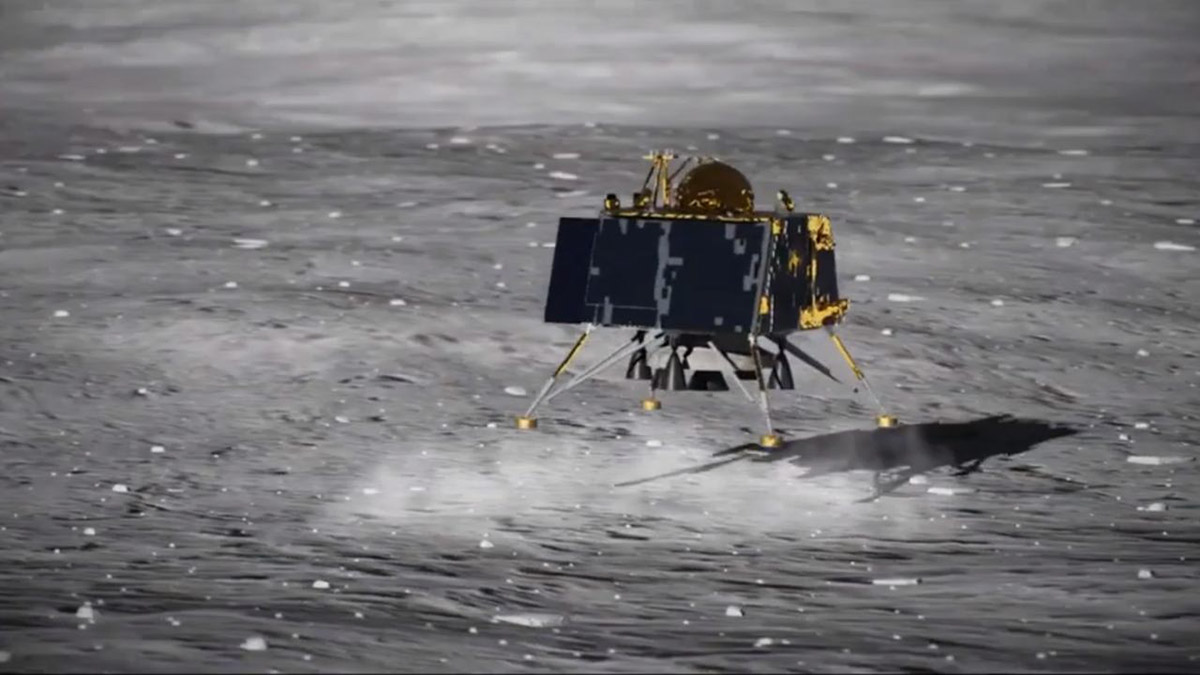
The world's most populous nation has just joined the ranks of the states that can be counted on the fingers of one hand - the United States, Russia and China - as one of those that have set foot on the moon. But at the same time it becomes the first country to land an object on the South Pole of the Earth's natural satellite.
New Delhi's feat has been highly valued on a global scale, both technologically and strategically, due to the great difficulty of the mission. Only three days earlier, the Russian automated probe Luna-25 had attempted the mission, which ended in an embarrassing failure after losing control and crashing into the lunar surface. Like the Russian probe, Vikram is also a platform for demonstrating the capabilities of Indian lunar landing technology.
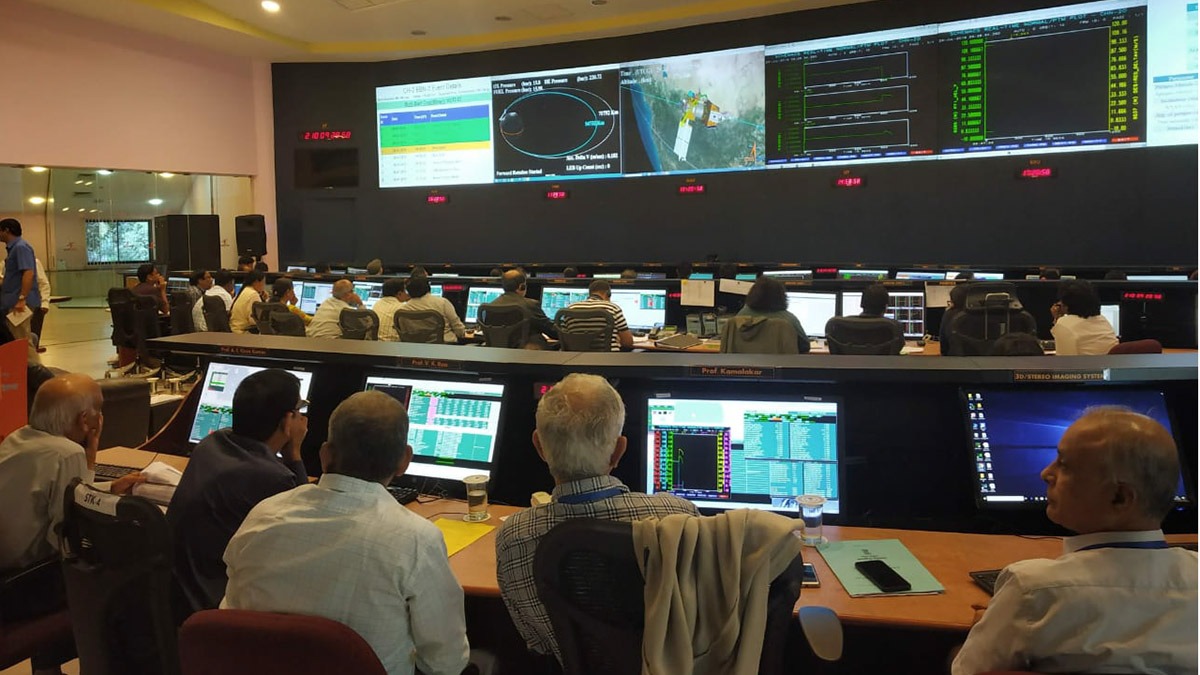
India, Russia's star pupil
The feat accomplished by ISRO engineers and technicians is testimony to the tremendous development of Indian astronautics since the late 1960s. The founder of India's space programme, after whom the lunar lander was named, was the scientist Vikram Sarabhai (1919-1971), who gained the confidence of Prime Minister Indira Gandhi and has been more or less successfully maintained by successive governments in New Delhi.
Reaching the moon is proof that India, the advanced pupil, has benefited from the lessons learned from its master, Russia, which during the Cold War passed on much of its knowledge, experience and technology to the then fledgling Indian space community. Now, India has sent a signal to the world that it is a force to be reckoned with in space exploration.
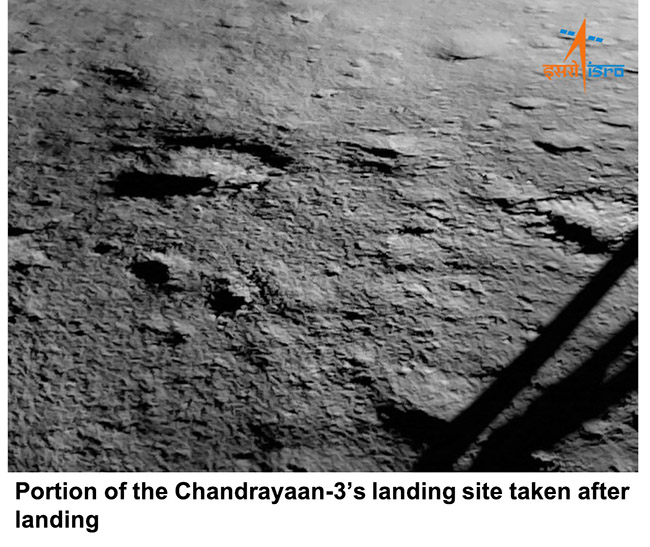
Prime Minister Narendra Modi has been following the moon landing from Johannesburg, the capital of South Africa. He is attending the BRICS summit there, where he has also been congratulated by virtually all the world's leaders.
The president of ISRO, Sreedhara Somanath, has also received congratulatory messages from his counterparts, including the heads of the agencies of the United States (NASA), Russia (Roscosmos), China (CNSA) and Spain, Bill Nelson, Yuri Borisov, Zhang Kejian and Miguel Belló (ESA), respectively.
The director general of the Spanish agency knows Somanath personally, with whom he recently spoke at an international meeting in Bengalore, where the Indian executive let him know that Chandrayaan-3 was a "special" mission in which "India's pride" was at stake.
What now lies ahead for ISRO? What could be called the icing on the cake: rolling Pragyan, a small, six-wheeled, 26-kilogram vehicle with scientific instruments that has travelled from Earth to Selene inside Vikram, over the lunar soil.
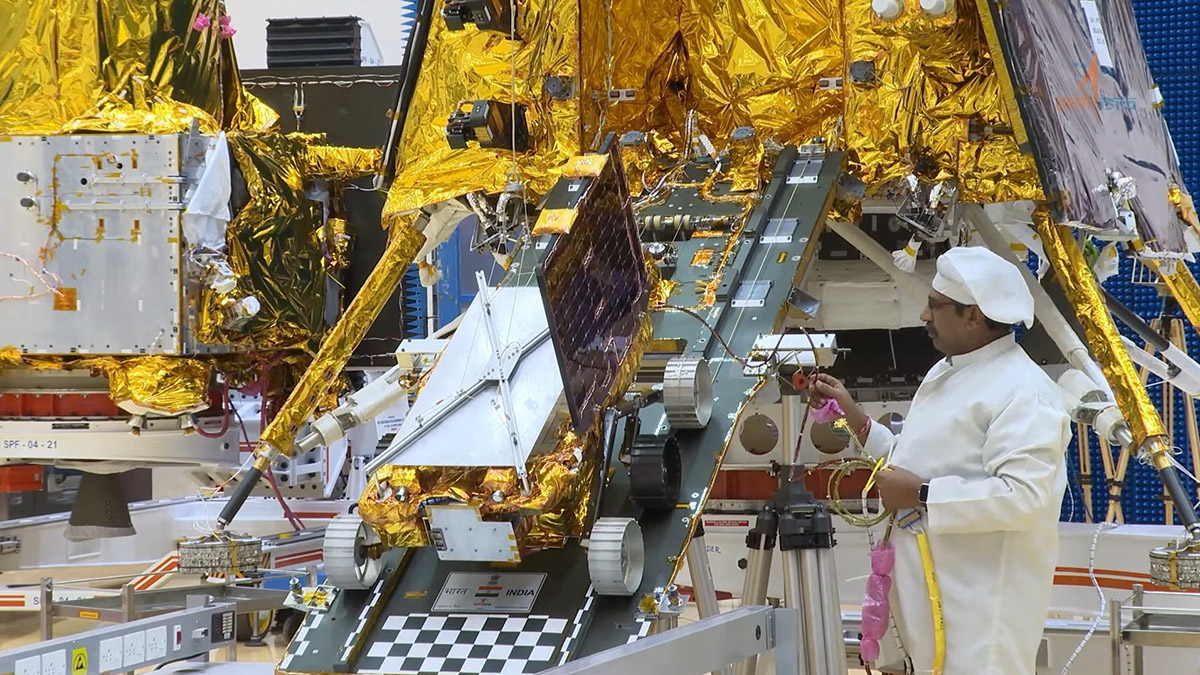
What's left for the Chandrayaan-3 mission and what happened with Luna-25
Pragyan should touch the lunar soil "in the next few hours or a day, it all depends on the conditions," said the ISRO chairman. And there is a rush because the game is against the clock. The Indian engineers wanted Vikram's landing to take place just as the first rays of the sun were beginning to illuminate the chosen landing site. The reason is that the Indian probe is designed to survive a single lunar day, which is equivalent to 14 days on Earth.
Both Vikram and Pragyan generate electricity to power their scientific instruments using solar panels attached to them. When the Sun's rays stop illuminating them, the equipment for analysing the chemical and mineralogical composition of the lunar regolith, thermal properties down to a depth of 10 centimetres, plasma density near the surface, seismic activity and the possible existence of water will stop working. Its days are numbered and haste is needed to deploy the ramp and get Pragyan rolling.
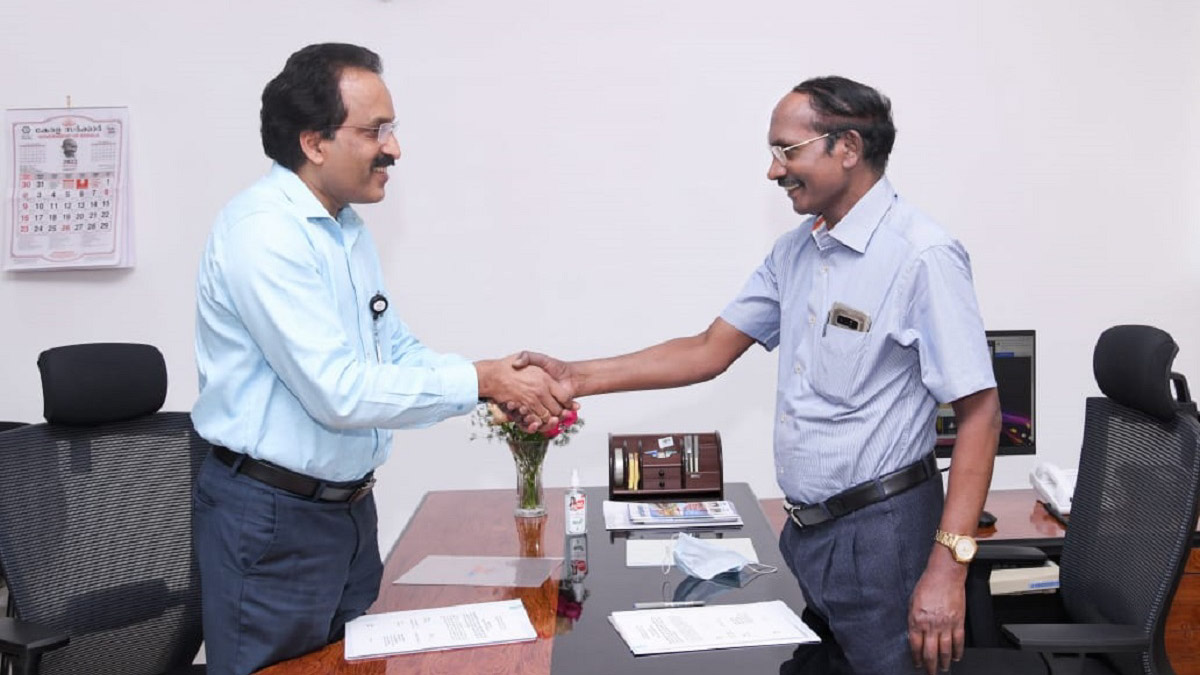
Yuri Borisov, the director general of the Russian Space Agency, has been in the same hurry to give the first official interpretations of the disaster of the Russian Luna-25 mission. The head of Roscosmos appeared on television on 21 August to explain to Russians that the main cause of the accident was that the propulsion system for the pre-descent orbit "operated for 127 seconds instead of the planned 84".
"It occurred on 19 August at 14:10 Moscow time, and at approximately 14:57 contact with Luna-25 was lost". He said the operational cyclogram had been tested "numerous times in a ground-based flight simulator before being loaded into the lunar probe's computer".
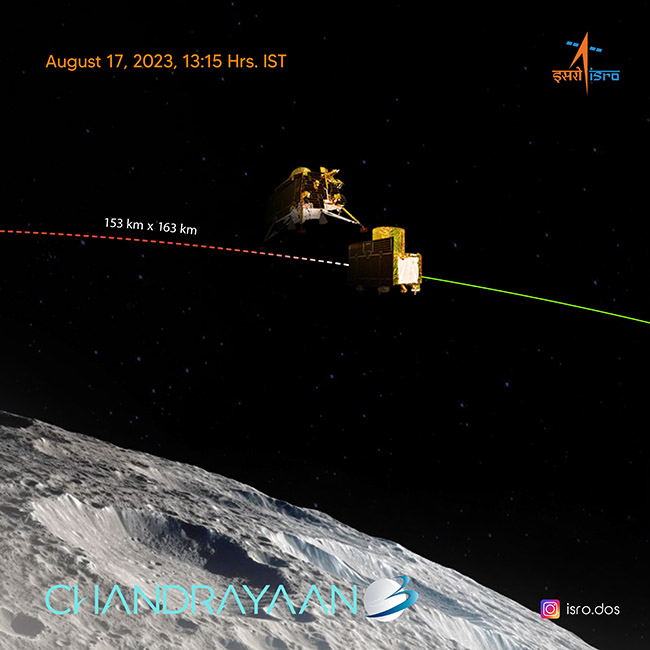
A Soyuz rocket carrying Luna-25 lifted off from the Siberian Vostochny Cosmodrome on 11 August. The probe made two orbit adjustments on 12 and 14 August and entered its lunar orbit on 16 August. It was scheduled to land on 21 August, but the manoeuvre on the 19th was fatal.
Chandrayaan-3 began its run to the Moon much earlier. It lifted off on 14 July on an LVM-3 launcher from the Satish Dhawan Space Centre. It reached lunar orbit on 5 August to progressively trim its orbit for its final landing, which it did.


